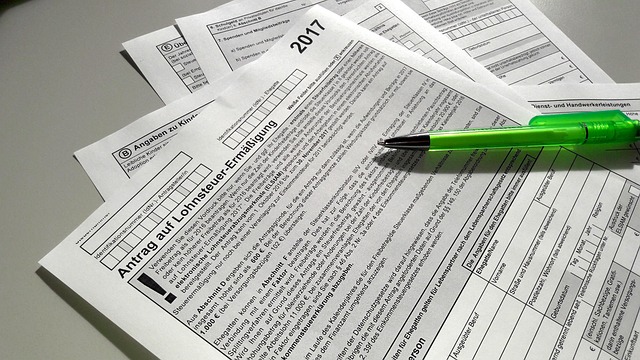Lower Your Monthly Council Tax Bill
Council tax is a significant monthly expense for households across the UK. Understanding available reduction programs and legitimate ways to lower your council tax bill can lead to substantial savings throughout the year. This comprehensive guide explores various methods to reduce your council tax burden while ensuring you meet all legal requirements.

Who Qualifies for Council Tax Reductions?
Council tax reductions are available to various groups of people. Single occupants automatically qualify for a 25% discount on their bill. Students, people with severe mental impairments, and live-in carers may be eligible for complete exemptions. Low-income households can apply for Council Tax Reduction (also known as Council Tax Support), which could reduce their bill by up to 100% depending on circumstances.
What Are the Main Council Tax Reduction Programs?
Several official programs can help reduce your council tax burden. The Council Tax Reduction scheme, which replaced Council Tax Benefit, provides support based on income and household composition. Disability reduction schemes are available for homes adapted for disabled residents. Additional support exists for pensioners, with specific programs varying by local authority.
How Can You Appeal Your Council Tax Band?
If you believe your property is in the wrong council tax band, you can challenge it through the Valuation Office Agency (VOA). Research similar properties in your area and gather evidence before making an appeal. Successfully challenging your band could result in significant savings and potential backdated refunds, though be aware your band could also be increased if the assessment finds it’s too low.
Which Discounts Often Go Unclaimed?
Many residents are unaware of various available discounts. Properties undergoing major repairs or structural changes may qualify for temporary reductions. Annexed accommodations for dependent relatives might receive separate billing considerations. Empty properties may also qualify for discounts, though policies vary by council.
What Documentation Do You Need for Applications?
When applying for council tax reductions, prepare essential documentation including proof of income, benefits statements, and identification. For disability reductions, medical evidence and documentation of home adaptations may be required. Students need valid certificates of enrollment, while single-person discount applicants must provide evidence of sole occupancy.
How Do Different Councils Compare on Support Options?
Local authorities offer varying levels of support through their Council Tax Reduction schemes.
| Council Type | Maximum Reduction | Special Provisions | Application Time |
|---|---|---|---|
| Metropolitan | Up to 100% | Enhanced support for disabled | 2-4 weeks |
| London Borough | Up to 100% | Additional care leaver support | 3-6 weeks |
| District | Up to 85% | Special hardship funds | 4-8 weeks |
Prices, rates, or cost estimates mentioned in this article are based on the latest available information but may change over time. Independent research is advised before making financial decisions.
Council tax reduction opportunities exist for many households, but they require proper understanding and application. While the process may seem complex, the potential savings make it worthwhile to explore all available options through your local council. Remember to regularly review your eligibility as circumstances change and new programs become available.




